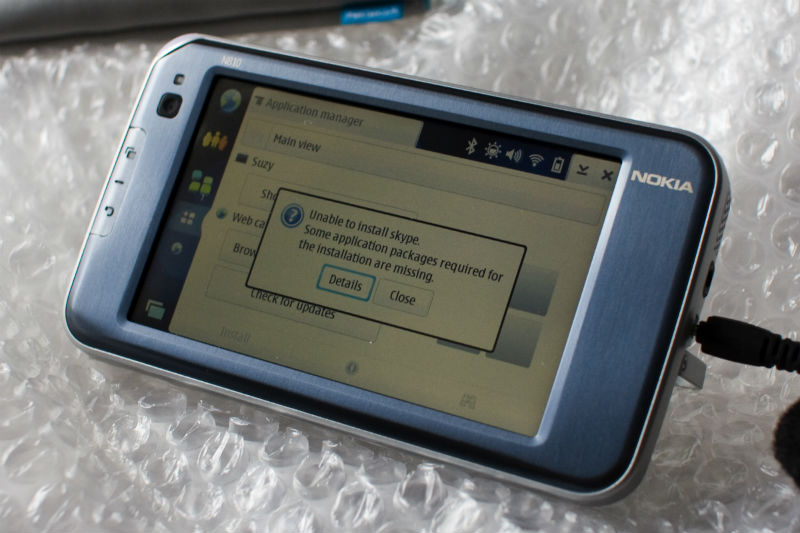 Dyslexic students might appreciate being assisted to set up video conferencing in advance
Dyslexic students might appreciate being assisted to set up video conferencing in advance
First contact
It is good practice to find out information about students and to contact those with dyslexia and SpLD to discuss their requirements. Teachers need to get to identify the strengths of their learners with dyslexia so that they can make the most of them during lessons.
According to Reid (2009), individuals with dyslexia are right-brained learners who have a visual processing style. If this is the case for their students, teachers can tap their creativity, intuitiveness and ability to see the whole picture.
It is also important to discuss with the student how their dyslexia manifests itself, e.g. which tasks they find hardest (probably reading/writing), which they find easiest, which techniques they have tried and works for them and how they would like to be helped.
Many dyslexic learners find it helpful to read texts written on a darker background. If this is the case for a particular student, the teacher can send a PowerPoint template containing a set of different backgrounds to choose from. The chosen background can then be used in all slides or whiteboards in lessons.
Before the tutorial
- They can e-mail and / or phone the students to remind them that the tutorial will take place the next day/that evening. Some individuals with dyslexia may need to be reminded again at short time before the tutorial.
- They can encourage students to familiarise themselves in advance with synchronous video-conference systems which may be used in online tuition. This will reduce the anxiety dyslexic students sometimes experience at the first tutorial when they have to deal with a new environment, subject, teacher and peers. It may be helpful to run a brief session (30 mins) aimed at introducing the students to the online tools. The focus should be on audio, microphone, emoticons, chat box, turn-taking (using raise-hand button) and moving objects on the screen.
- It is also useful to send the students some preparatory materials, e.g. an agenda containing the learning outcomes and lesson plan, and any materials that require reading more than just a few sentences.
- Teachers could also record their online synchronous sessions after previously asking their group for permission (check guidelines from your institution in advance). Some students with dyslexia find online live sessions daunting and prefer to watch the recording. If they watch these several times then they can e-mail their teacher if they need further clarification or if they have additional questions.
Now learn more about delivering tutorials to dyslexic students
Rate and Review
Rate this article
Review this article
Log into OpenLearn to leave reviews and join in the conversation.
Article reviews